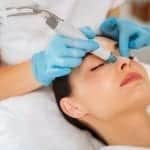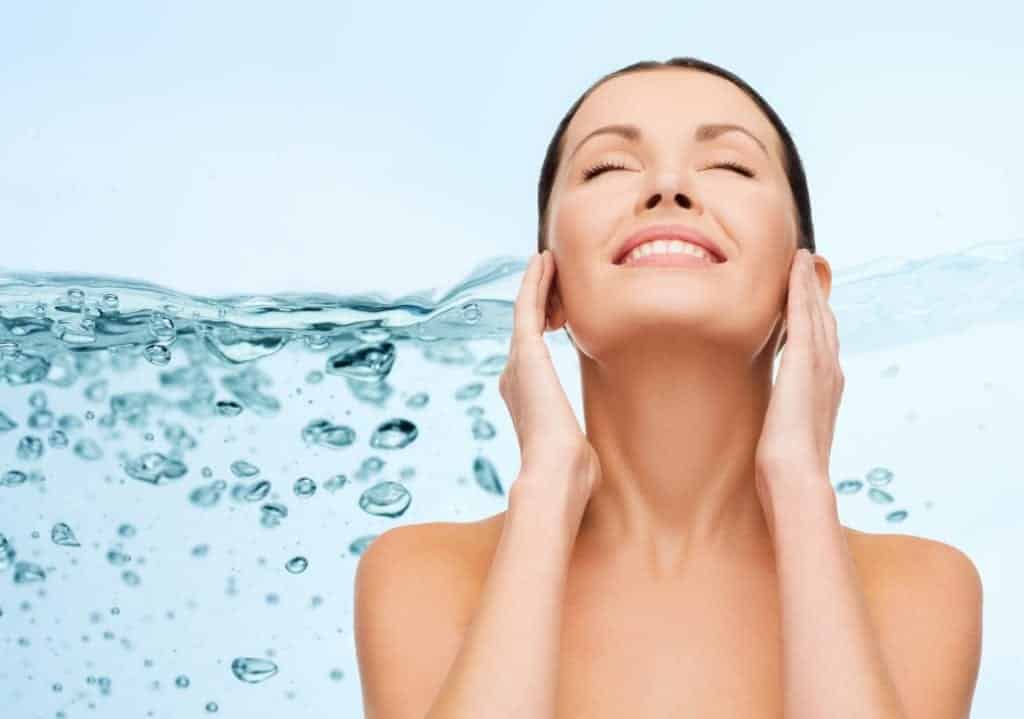

Micellar water is a liquid solution that contains clusters of surfactants (molecules that help wash away oil) called micelles. It has been used in French skincare products for decades, and in recent years, American consumers have started catching on.
There are a number of pros and cons to using it, but at the end of the day, it is probably no better than your regular cleanser.
The pros of micellar water
Micellar water was designed to combat poor water quality in and around Paris and provide a “better” cleansing system. This is why it relies on surfactants.
Surfactants (like micelles) operate as a type of push-and-pull system: Their heads are attracted to water, and their tails are attracted to grease and oil. This allows them to break up oil molecules and drag them away when applied to a clean surface, like a cotton pad. You’ll find surfactants in soap, shower gel, shampoo, and moisturizers.
When applied to a Q-tip, it can fix stray eyeliner or lipstick streaks – no need to redo the entire application. It can also remove foundation easily if you need to retouch without washing your entire face.
Micellar water doesn’t contain alcohol, so it won’t dry out your skin. Likewise, it does not remove the natural oils and proteins that are important for healthy skin. After you cleanse your face with it, you don’t have to wash your face again. It’s like using a strong cleanser but without the need for moisturizer.
But there are plenty of consumers who say they don’t like the way their skin feels after using it. Like most skin care products, it all depends on individual preference and reaction.
The cons – and why we are not huge fans
According to the CDC, the US has one of the safest drinking water supplies in the world. If it’s safe to drink from the tap, it’s safe to wash your face with it.
Some dermatologists, including myself, recommend using a foamy cleanser with tap water for a deeper clean, especially if you wear heavy makeup. Micellar water is better for cleansing on the go (like after a workout) or while touching up your makeup before running from work to dinner.
Because micellar water has a lighter touch, you may need to use multiple wipes to remove heavier foundation or makeup. Rubbing your face repeatedly can irritate your skin.
Then, of course, there is the inconvenience of toting around your own cleansing solution and cotton pads. This alone will cause the regimen to fall by the wayside for many people.
Micellar water is more fad than fact
There is no harm in using micellar water. If you enjoy using it and like the way it makes your skin feel, it can definitely save time when you need to dash out the door.
However, micellar water should not be used after a day of vigorous exercise when your face has been sweating intensely or when you have a full face of makeup and sunscreen on. It just won’t be effective enough as a cleanser.
If you’d like a recommendation from an expert on the best skincare routine for you, schedule an appointment today.
Posted In: Skin Care
Related Posts
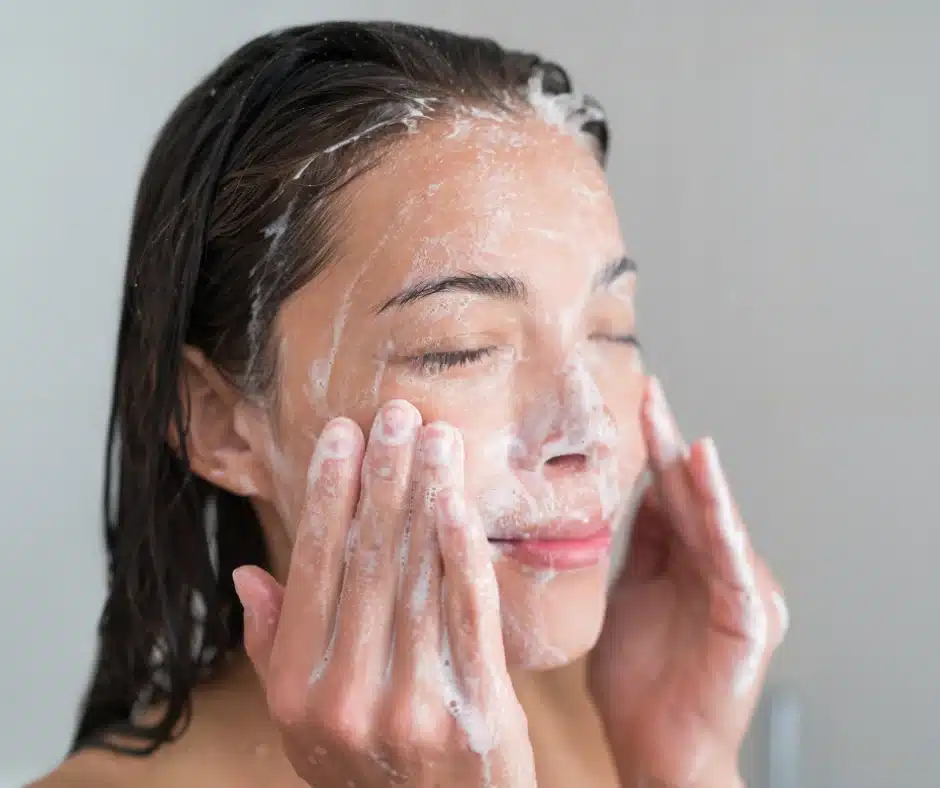
June 13, 2025
Little Bumps on Your Forehead? Here’s Why
If you’ve ever looked in the mirror and noticed little bumps on your forehead that just won’t go away, no matter how...
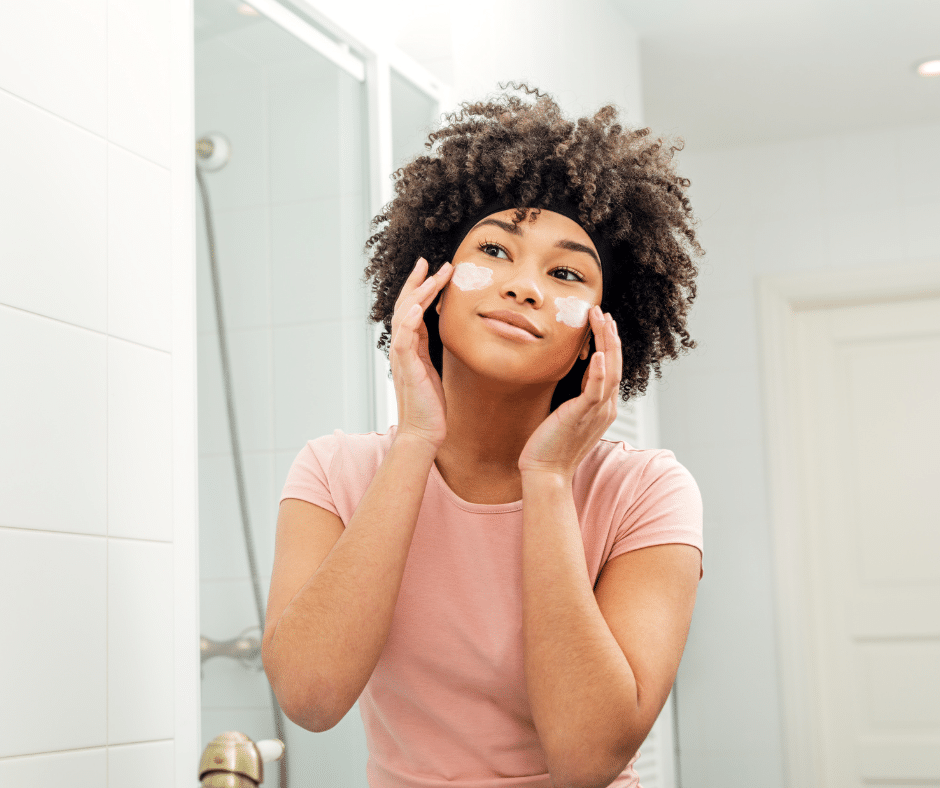
May 30, 2025
Bust the Myth: Do Retinoids Cause Cancer?
Retinoids are one of the most powerful and widely used tools in modern dermatology, yet despite their many benefits, som...
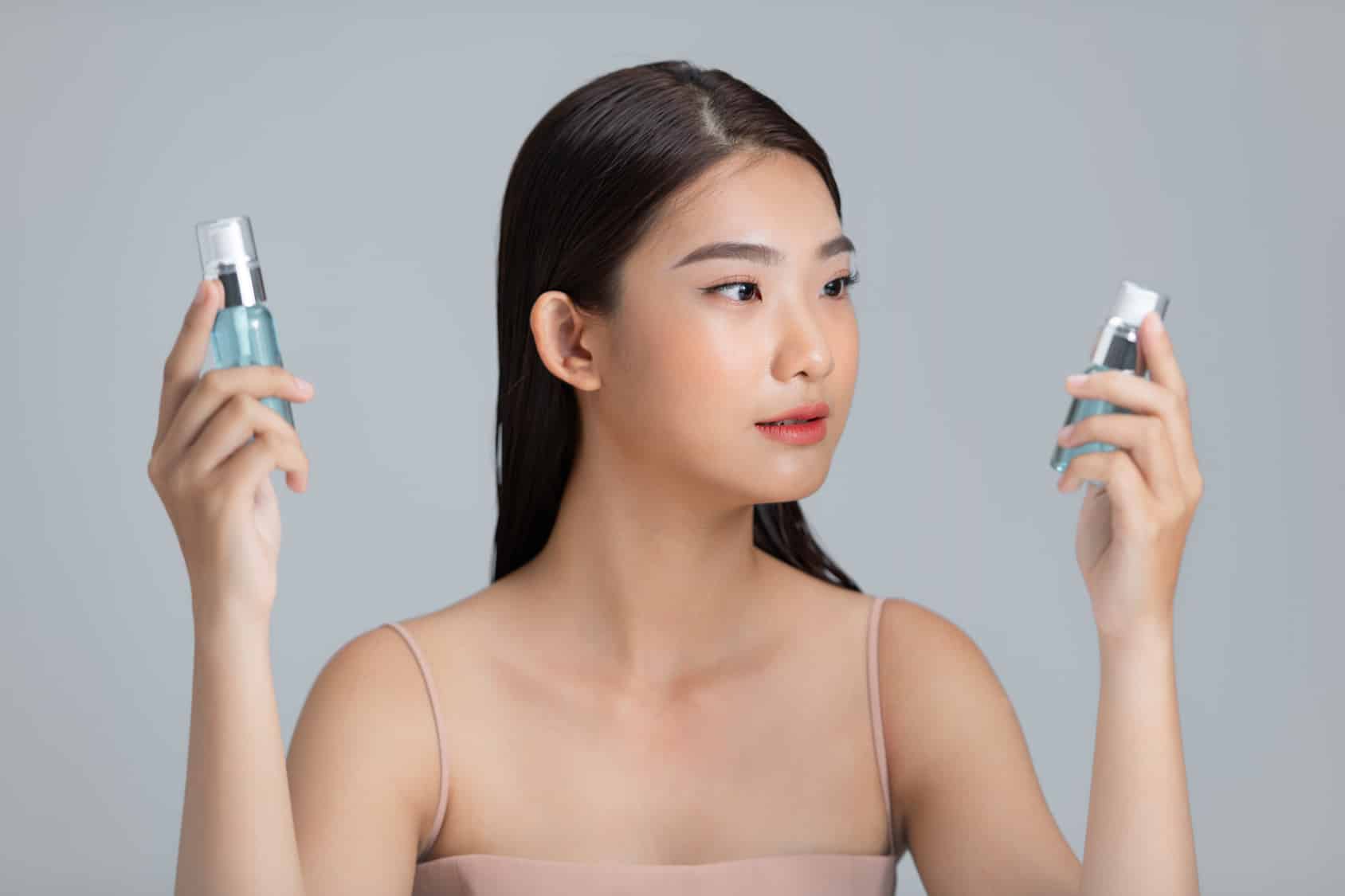
August 26, 2024
Skincare Advice for Your 20s and 30s
If the Sephora kid trend tells us anything, it's that young people are paying attention to skin health and appearance. S...

